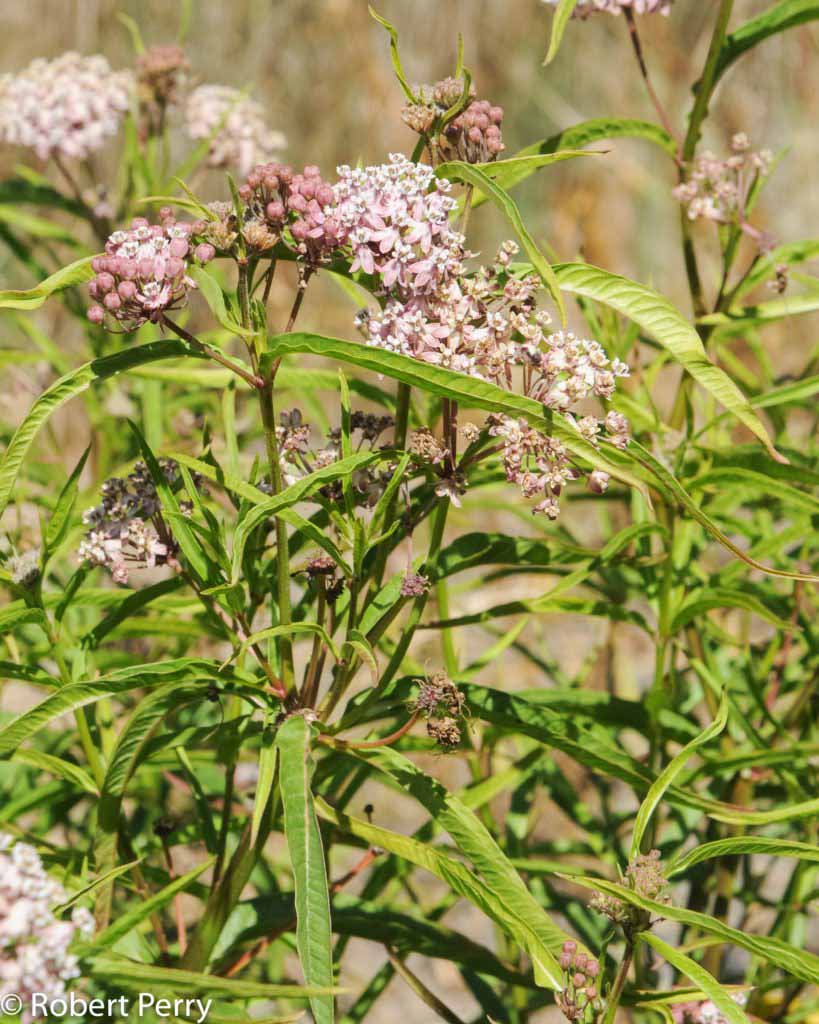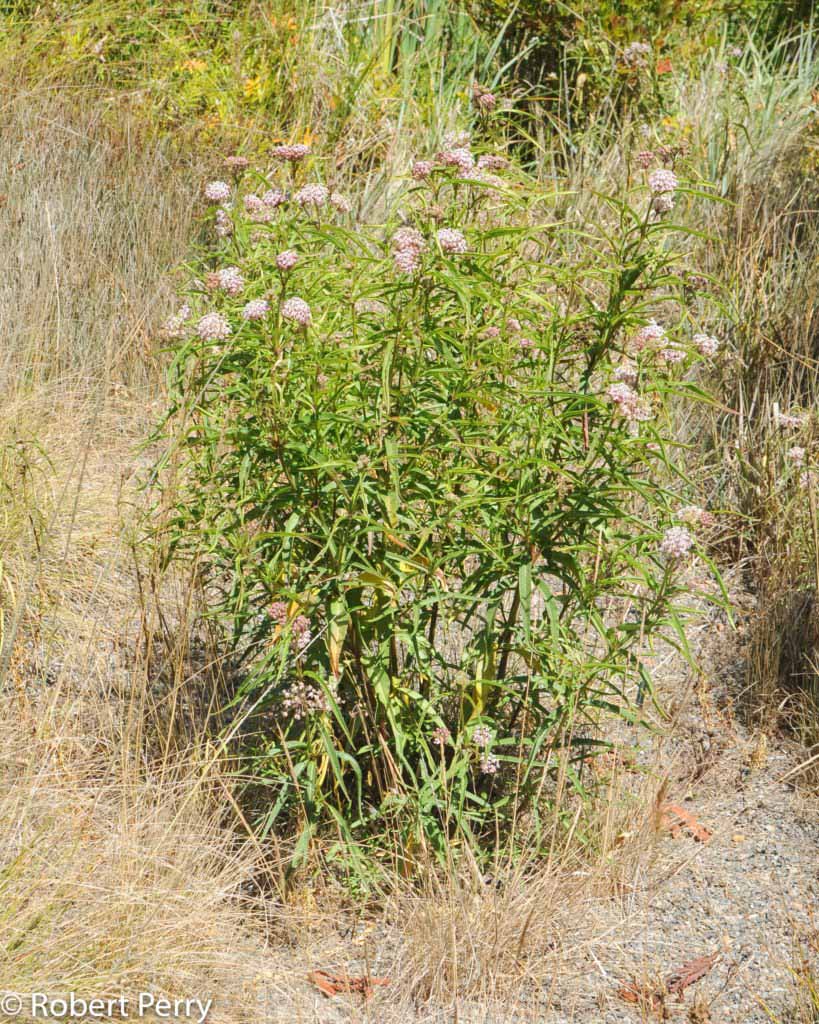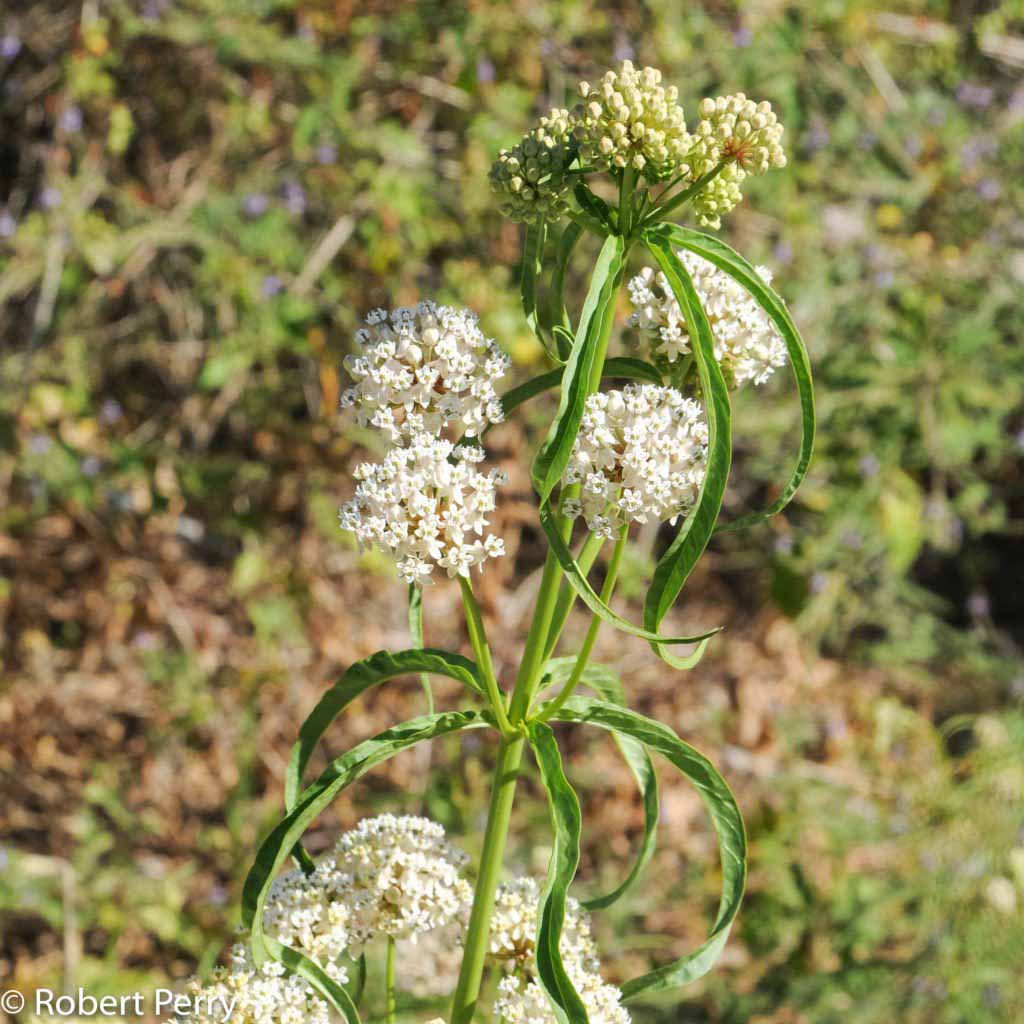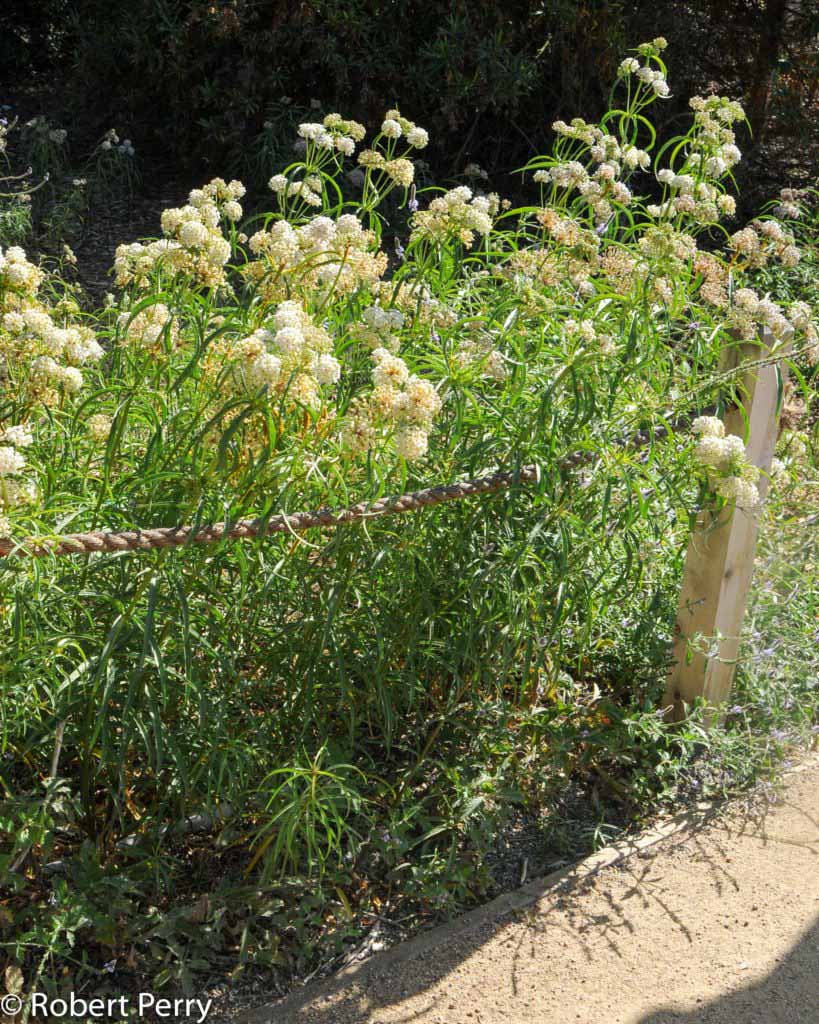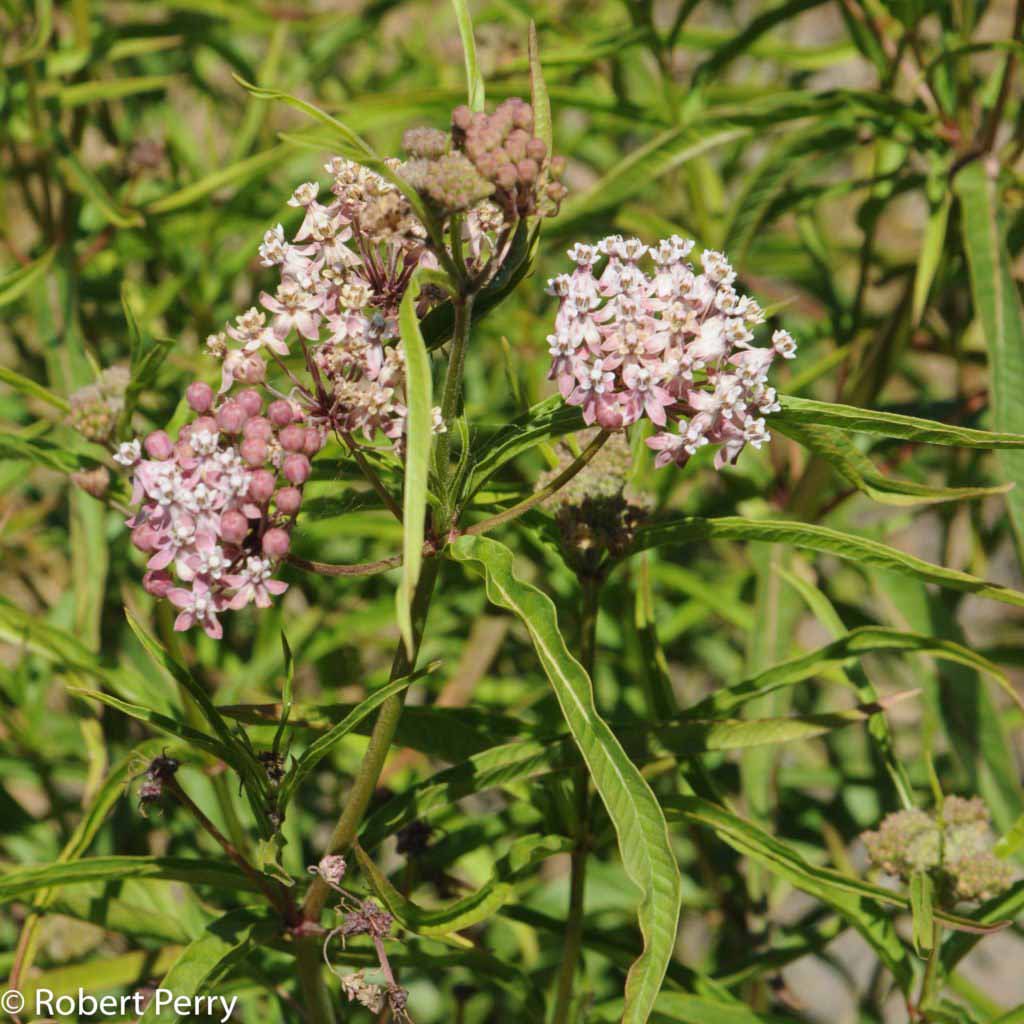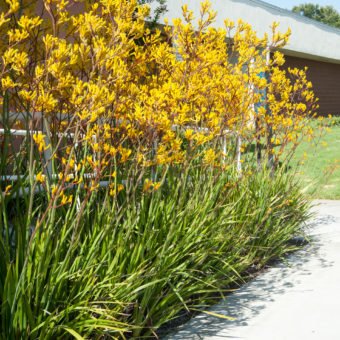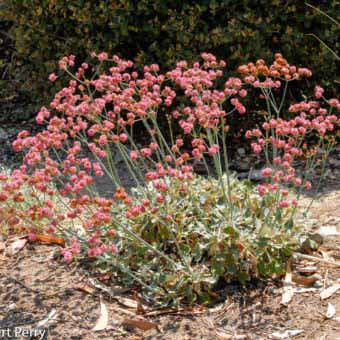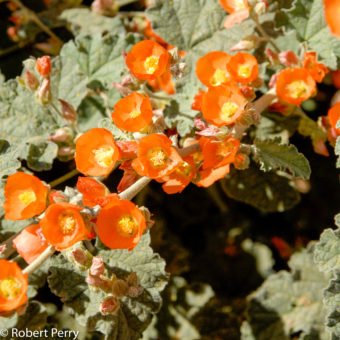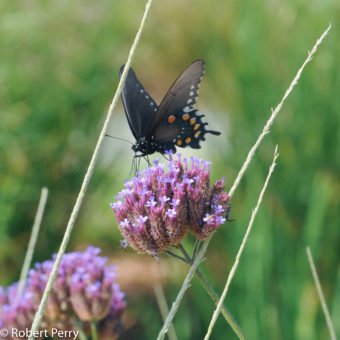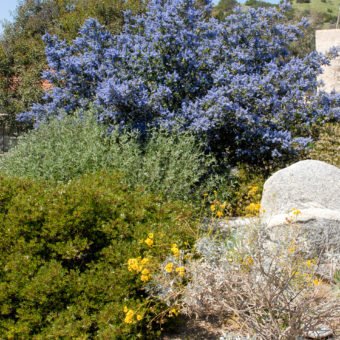If you plant this plant, you will have caterpillars eating them! Be very happy about this, that is the main reason to plant them! Do not remove caterpillars, who require feeding on this plant, unless you have very young plants that cannot handle the amount of feeding on them that is occurring. Plants may look beaten up from being chomped on, but that is fine. You are providing important butterfly habitat, which is more important than an uneaten looking milkweed flower!
It is very important to cut plants all the way to the ground every year in the late fall! This will re-invigorate the plant, but more importantly, it is necessary to prevent the excessive growth of a disease organism that can negatively affect the monarch butterfly caterpillars that feed on the plants. Historically, this species would be more likely to go dormant in the winter and die back to the ground, but warmer winters have made this less likely to happen. Cutting the plants to the ground each year mimics the dormant period and helps control the spread of the disease organisms.
Milkweeds will almost always have many tiny yellow insects growing along the stems and flower buds. These are aphids, but do not worry about them. Milkweeds are usually not negatively impacted by their presence and it would be very difficult to win the fight of trying to keep them off of your milkweeds. You definitely do not want to use any pesticides, but can shoot them off with a stream of water or rub them off of the plant if you feel it is necessary. Aphids are important food for larval lady bugs, so you can also just consider them another form of habitat that growing milkweed brings to your garden (S).
References